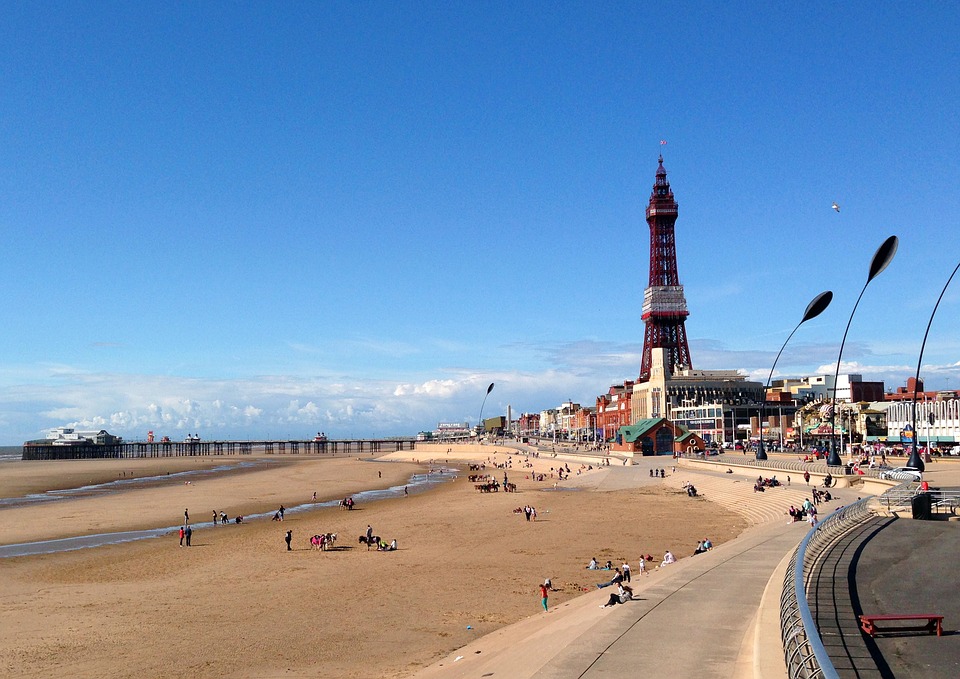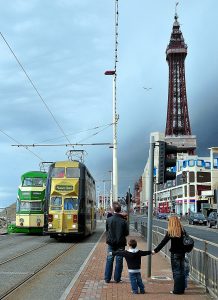
Blackpool Trams – A History
3 min read
Share
Did you know that tram number 4, one of the original trams, is now on display at the National Tramway Museum at Crich?
The trams in Blackpool have a long history, with the trams being the only urban tramway in the UK between 1962 and 1992.
The First Trams
The construction work for the rail started 24th February 1884 with the first piece laid down in March 1885 at Cocker Street for what would be a 2,000-mile-long line. The first test runs took place 29th June 1885 with the first public runs happening just under two months later.
The service, however, was withdrawn due to the trams not being licensed. A few days later the service resumed with horses pulling the trams due to electricity supply issues. Alderman Harwood, Mayor of Manchester, officially opened the service on 29th September 1885.
Original tram designs included varied sizes of four-wheeled, open-topped double-decker trams. Number 1-8, there were originally eight trams and two crossbench trailers numbered 9 and 10. The latter were replaced in 1891 with two new open-topped double-decker trams.
How the Trams Initially Worked
The infrastructure was maintained and paid for by Blackpool Corporation with the Blackpool Electric Tramway Company providing the depot, electricity, and tram cars. Although the seaside location provided a beautiful backdrop, the trams’ operation suffered in the early years.
In the beginning, the system picked up the electrical current from a grooved slot located in the centre of the track. Sand and saltwater, however, filled the slot regularly and played havoc on the trams’ operation. These ended up being pulled by horses on regular occasions.
This conduit system had other issues, such as a reduction in voltage when the trams travelled further away from the power source. Running the trams wasn’t energy and cost-efficient, and other power sources were investigated.

A Commercial Success
In spite of the initial setbacks, the trams were a commercial success. Blackpool Corporation took over the running of the tramway in 1892 and the first of many line extensions started in 1895. The late 1890s saw the conversion of the tramway into using the overhead wire system instead of the conduit system. The conduit was removed in 1899 and a 550V overhead wiring installed.
Official tram stops didn’t exist at first; passengers flagged down the trams along the line before stops were placed at short distances apart. High-capacity Dreadnought trams were added to the tramway – a unique design to Blackpool that allowed for more passengers.
Blackpool trams continue to be vital for the town, helping residents and visitors enjoy their daily lives efficiently and safely.






















